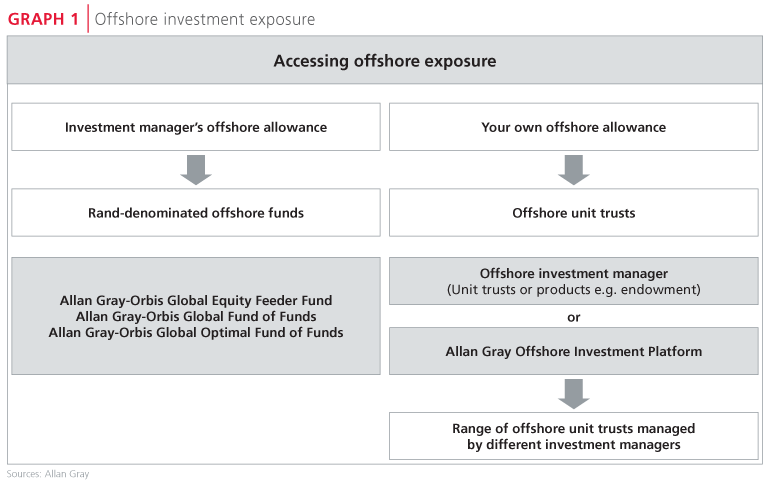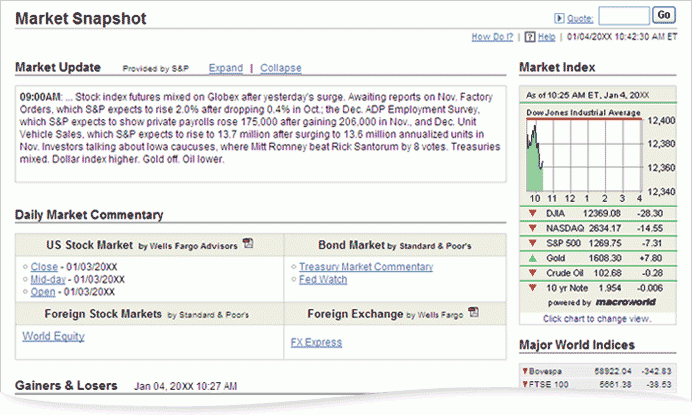Investment Types Different Investment Options Wells Fargo
Post on: 24 Август, 2015 No Comment

How and where you invest your hard-earned money is an important decision. However, fully understanding your investments can require a crash course in terminology. The following definitions for a few key terms can help increase your understanding of the investment process and enable you to make better decisions:
Investment types
The most common terms that are related to different types of investments:
- Bond: A debt instrument, a bond is essentially a loan that you are giving to the government or an institution in exchange for a pre-set interest rate paid regularly for a specified term. The bond pays interest (a coupon payment) while it’s active and expires on a specific date, at which point the total face value of the bond is paid to the investor. If you buy the bond when it is first issued, the face or par value you receive when the bond matures will be the amount of money you paid for it when you made the purchase. In this case, the return you receive from the bond is the coupon, or interest payment. If you purchase or sell a bond between the time it is issued and the time it matures, you may experience losses or gains on the price of the bond itself.
Investment strategies
Once you have a better understanding of the investment choices available, you may come across specialized terms that explain how money can be invested:

“ There are a variety of terms that describe your gains, losses, and individual investments. ”
Investment terminology
Once you start investing, there are a variety of terms that describe your gains, losses, and individual investments.
- Capital asset: A long-term asset such as land or a building that is not purchased or sold in the normal course of business. In other words, anything you own and use for personal or investment purposes. Examples include your home, your car, and stocks or bonds held in a personal account.
- Capital gain/loss: Profit or loss from the sale of an asset.
- Capital appreciation/depreciation: The amount by which the value of an asset increases or decreases compared to the amount you paid for it. You receive the capital gain or loss when you sell the asset.
- Dividends: A distribution of a portion of a company’s earnings, decided by the board of directors, to a class of its shareholders.
- Index: A portfolio of securities representing a particular market or industry or a portion of it. Indices often serve as benchmarks for measuring investment performance– for example, the Dow Jones Industrial Average or the S&P 500 Index. Although investors cannot directly purchase an index, they are able to invest in mutual funds and exchange-traded funds that are based on the indexes. These types of vehicles enable investors to invest in securities representing broad market segments and/or the total market.
- Margin account: An account that allows you to borrow money from your brokerage account in order to purchase securities. The loan is collateralized by the existing securities and cash held in the account.
- Prospectus: A document filed with the SEC that describes an offering of securities for sale to the public. The prospectus fully discloses the risks, policies, and fees of the offering.
- Yield: The income return on an investment. This refers to the interest or dividend received from a security based on the investments cost or face value.
By taking the time to learn about the common types of investments and the language that accompanies them, you can become a smarter and savvier investor.














